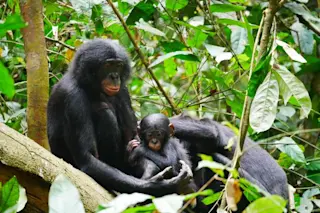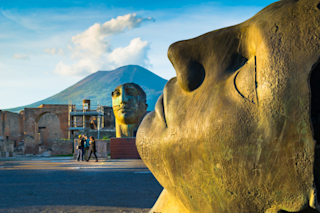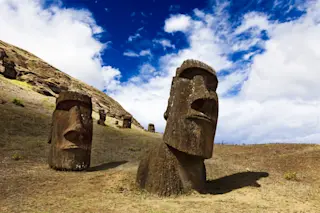From Crow to King Penguin, Animal Skulls' Morbid Appeal
Explore a stunning image gallery featuring high resolution images with a focus on lazy loading for optimal viewing.
More on Discover
Stay Curious
SubscribeTo The Magazine
Save up to 40% off the cover price when you subscribe to Discover magazine.
Subscribe












